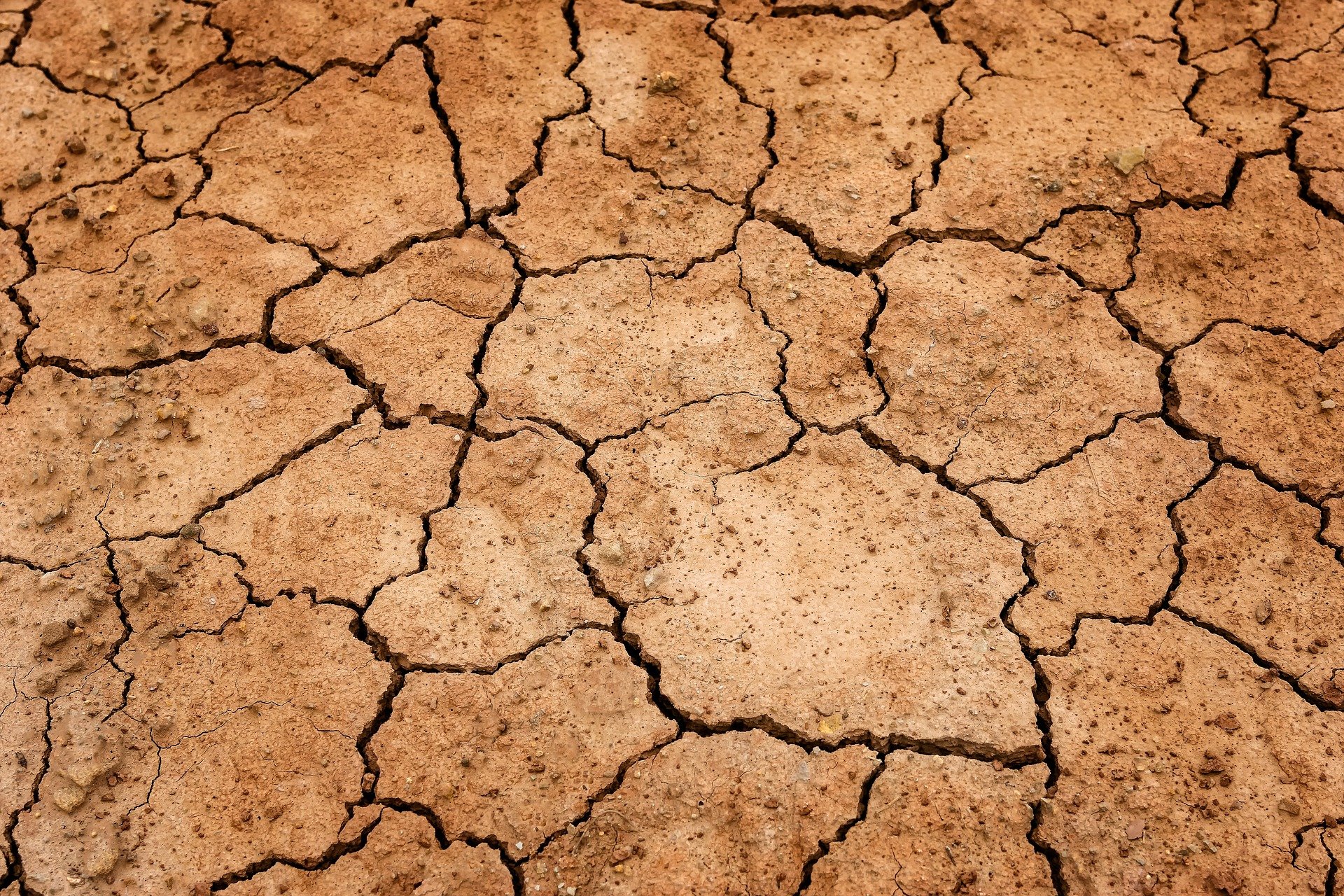Media release
From:
Attachments
Note: Not all attachments are visible to the general public. Research URLs will go live after the embargo ends.

Research
Springer Nature, Web page
Please link to the article in online versions of your report (the URL will go live after the embargo ends).
Journal/
conference: Nature Climate Change
conference: Nature Climate Change
Research:Paper
Organisation/s:
Michigan State University, USA
Funder:
Y.P. and F.F. acknowledge support from the National Science Foundation (CAREER
Award, grant no. 1752729). H.M.S. and C.-E.T. acknowledge support from the German
Federal Ministry of Education and Research (BMBF, grant no. 01LS1711F). J.L.
acknowledges support from the Strategic Priority Research Program of Chinese Academy
of Sciences (grant no. XDA20060402) and the National Natural Science Foundation of
Nat ure Climate Change | www.nature.com/natureclimatechange
NaTurE ClimaTE CHangE Articles
China (41625001 and 51711520317). N.H. acknowledges support from the ERTDF (2RF-
1802) of the ERCA, Japan. Y.W. is supported by the European Union under the Horizon
2020 EUCP project (grant no. 776613) and the JPI Climate and European Union under
the ISIpedia project (grant no. 690462). W.T. acknowledges support from the Uniscientia
Foundation and the ETH Zurich Foundation (Fel-45 15-1). H.K. acknowledges
the Integrated Research Program for Advancing Climate Models (TOUGOU)
JPMXD0717935457 from MEXT and the Grantin-Aid for Specially promoted Research
16H06291 from JSPS, Japan.



 Australia; International
Australia; International


